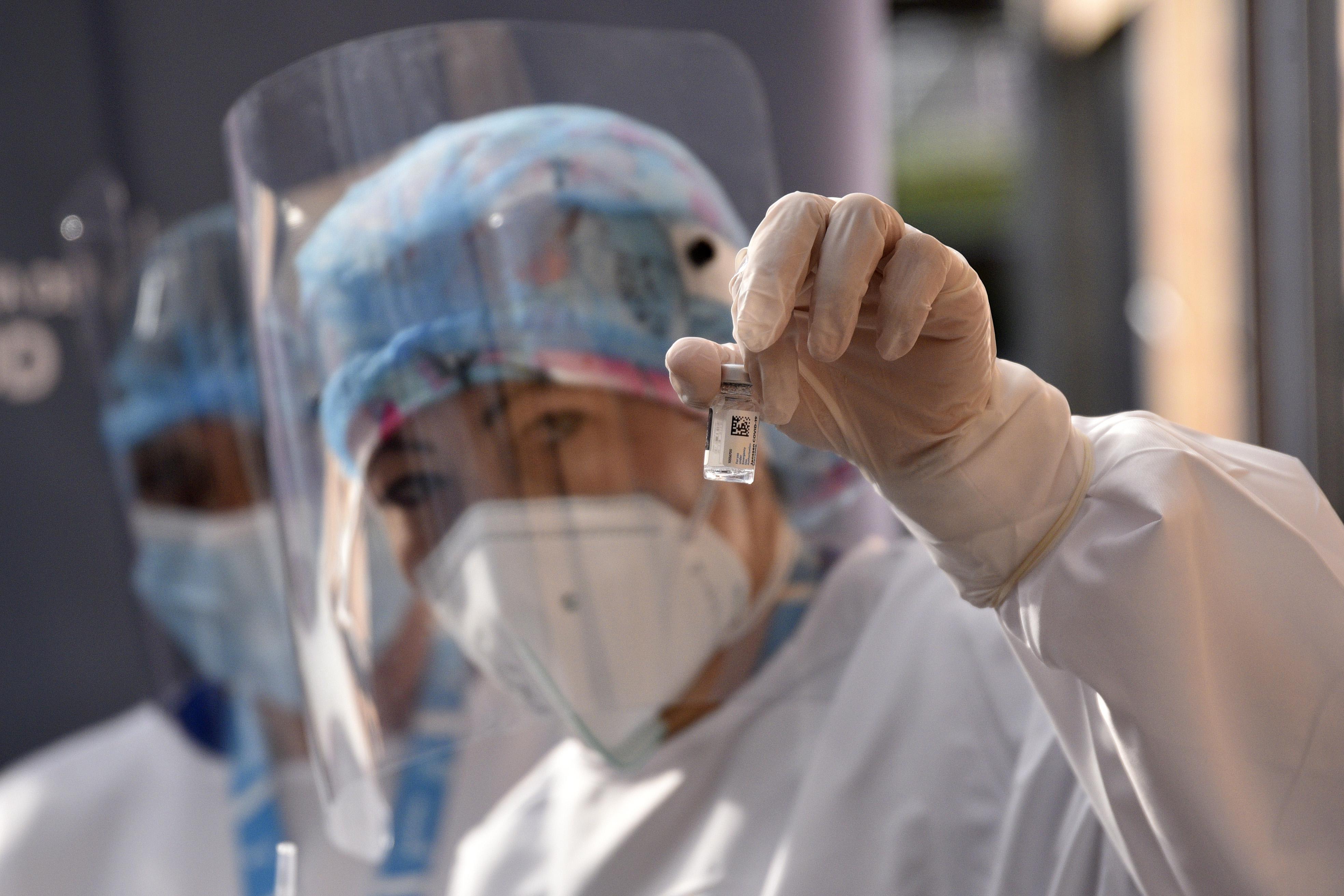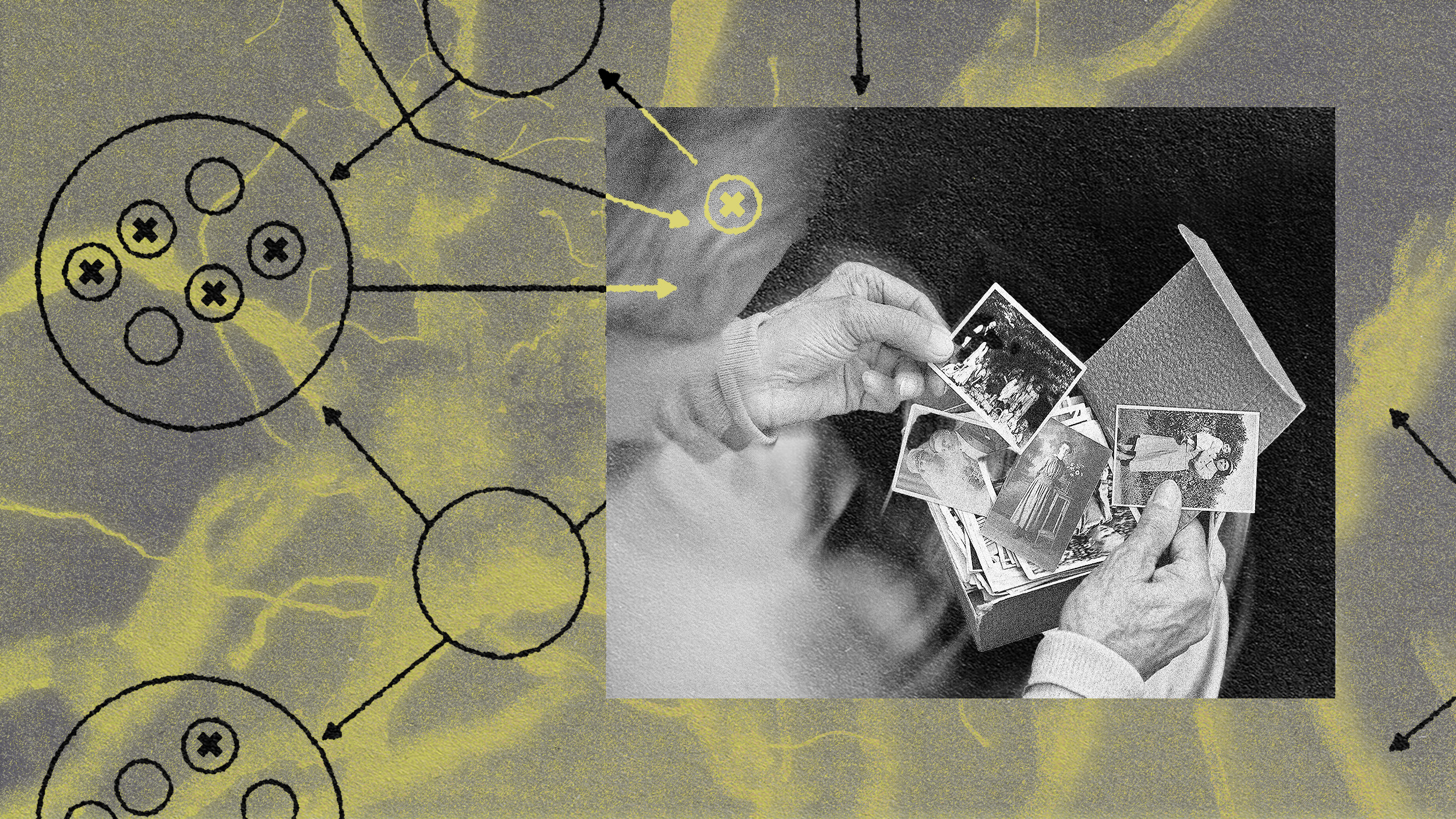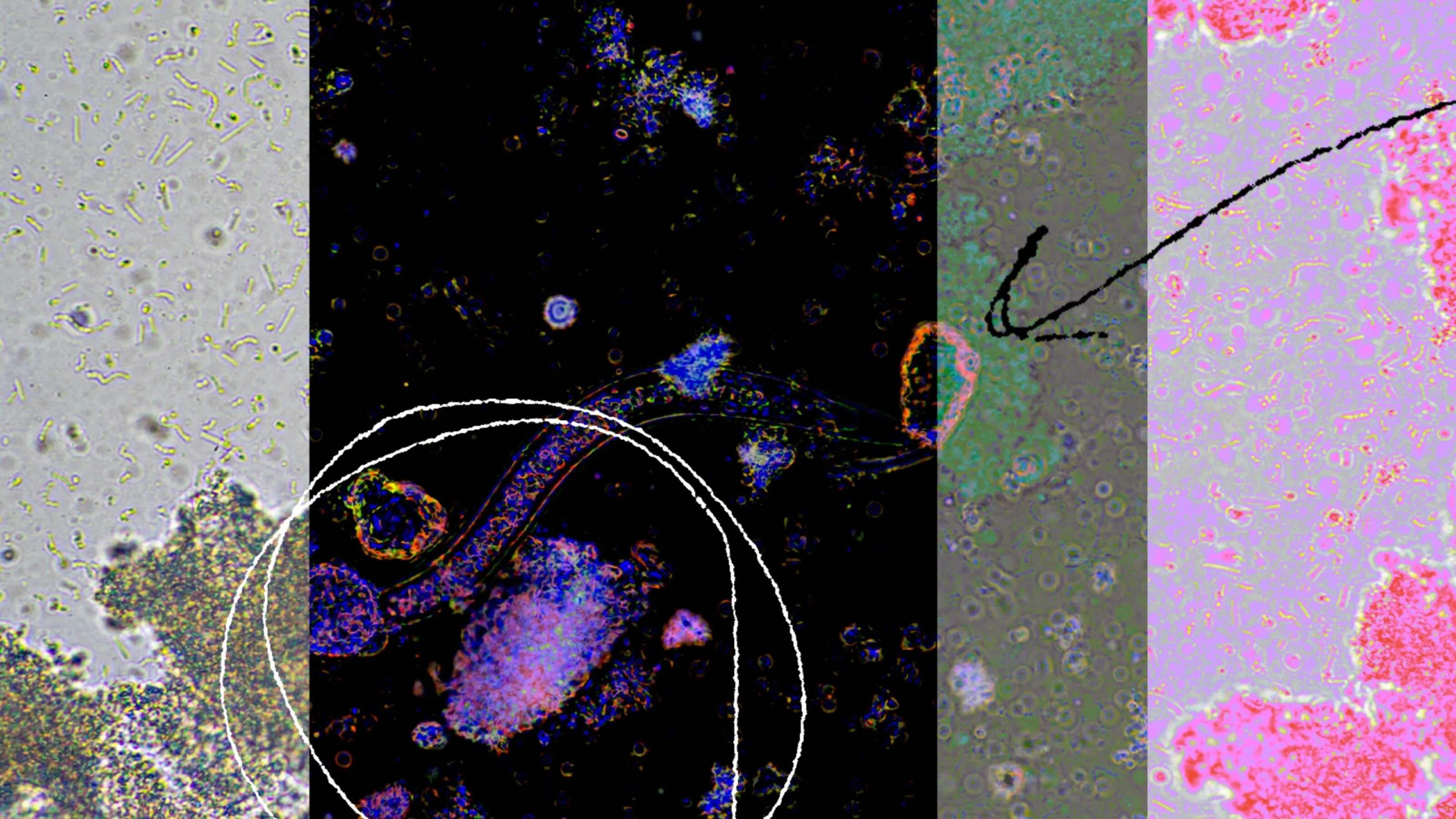Gain-of-function research isn’t the problem. Gain-of-virulence isn’t either
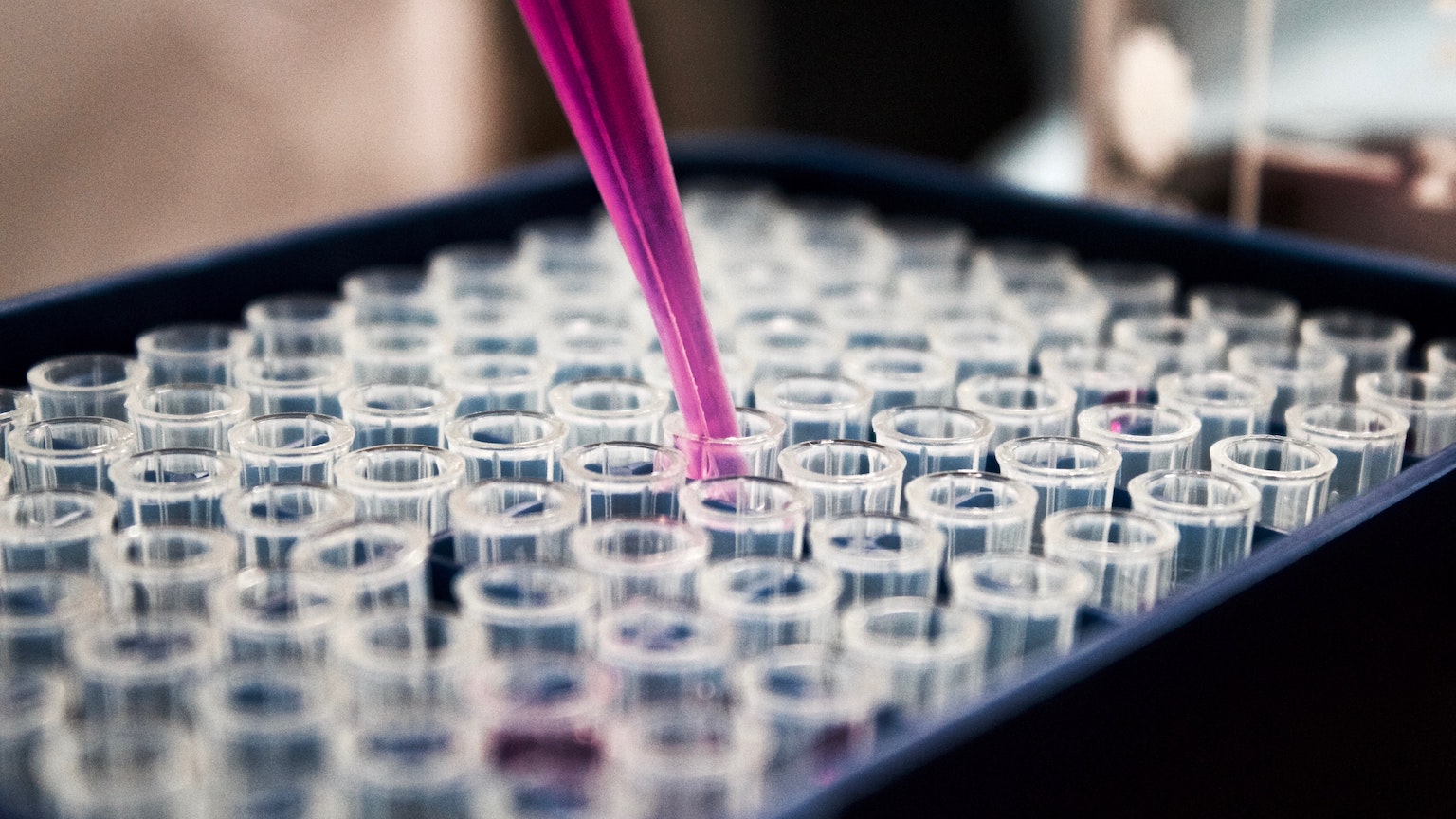
- Gain-of-function research is defined as “research that improves the ability of a pathogen to cause disease.” This definition is far too broad.
- The real concern is “gain-of-virulence” research, in which microbes purposefully are made more dangerous.
- But even here, most gain-of-virulence research is necessary to develop vaccines and antivirals.
The COVID-19 pandemic brought to light a rather obscure term that few people outside the biomedical research community had ever heard of: gain-of-function research. The term, very loosely defined, refers to “research that modifies a biological agent so that it confers new or enhanced activity to that agent.” A slightly narrower definition is “research that improves the ability of a pathogen to cause disease.”
These definitions are relevant because — due to the belief (correct or not) that Chinese researchers might have genetically engineered a coronavirus to be more contagious, accidentally sparking the COVID-19 pandemic — policymakers have called for a ban on gain-of-function research. But as the following anecdote will show, these definitions are deeply problematic.
Going into the Wayback Machine
When I was a microbiology PhD student at the University of Washington — long before CRISPR existed — I regularly used various techniques in molecular biology to genetically modify bacteria. The reason was mundane: to “knock out” a gene (that is, break it, so that it stops working) and observe what happens to the bacteria. (As it so happens, I ended up getting a completely undeserved authorship on a prestigious PNAS paper because of some of this work.)
Whenever microbiologists attempt genetic manipulation procedures on bacteria, they do so in the hope that at least one bacterium out of several billion will be modified successfully. But how do they know which one was successful? This is a veritable needle-in-a-haystack problem.
Before CRISPR, we would knock out a gene by inserting into it a different gene that encoded for resistance to a particular antibiotic, say, ampicillin. This served a dual purpose: (1) It broke the gene we wanted to break; and (2) It allowed us to select the bacteria that were successfully modified by simply growing them in the presence of the antibiotic. Using this trick, the billions of unmodified bacteria died, and only the handful of bacteria that were successfully modified survived. In this setup, antibiotic resistance is known as a “selectable marker.”
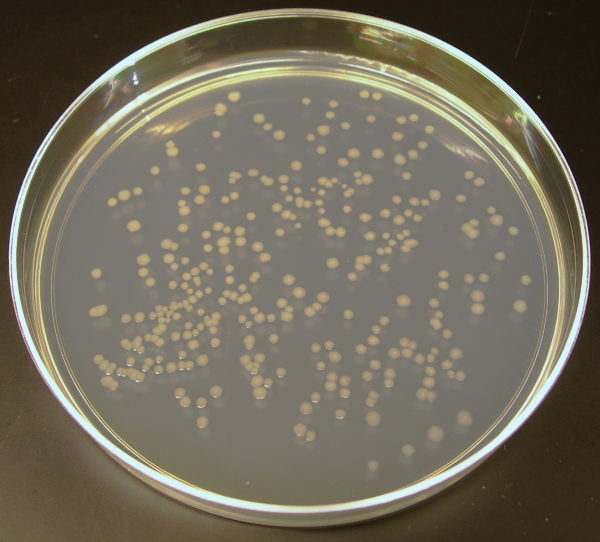
Now, here is the question: Is this gain-of-function research? Going by the above definitions, yes, this absolutely qualifies as gain-of-function research. Despite the fact that this type of research is just about harmless — including to the people inside the laboratory — an overly broad definition of “gain-of-function” could ban a lot of biomedical research as we know it.
“Gain-of-function” vs. “gain-of-virulence”
A lot of other scientists have noticed this as well. A paper that summarizes the proceedings of a virology workshop in 2015 that focused on gain-of-function issues noted:
“Many participants pointed out during the course of the meeting that the broad term ‘gain-of-function’ needs some refinement that will differentiate the type of experiments typically performed for basic virological research from experiments that clearly raise concerns. When asked to define where virological research crosses the line into GoF [gain-of-function] research as defined by the U.S. government (White House, 2014a), Subbarao responded that ‘the term gain-of-function is used by geneticists and is a vague and unsatisfactory term for microbiologists.'”
Indeed. Just about any research with microorganisms might inadvertently cause them to gain a new function. Introducing mutations with the purpose of knocking out a gene might simultaneously and unexpectedly confer the microbe with a new ability. Even the simple act of passaging a microbe in animals in the laboratory can and often does cause them to gain new functions. If we cannot do any of these things, then we might as well just close down all of our biomedical research facilities.
The problem, then, isn’t gain-of-function research per se, but “gain-of-virulence” research. In other words, research with the intention of making a dangerous microbe more dangerous can be extremely risky research, particularly if it involves airborne or otherwise highly contagious microbes. So, should we therefore ban all gain-of-virulence research?
Even here, the answer is “no.” Some or even most kinds of gain-of-virulence research are potentially very valuable. For instance, it could be quite useful if scientists knew in advance what sorts of mutations in a virus could make it deadlier. That way, epidemiologists could watch for these mutations as new strains inevitably arise. Another example is the creation of highly virulent or contagious microbes with the purpose of creating vaccines and antivirals that guard against the worst possible strain, just in case something that nasty evolves on its own in nature.
Mother Nature hasn’t banned gain-of-virulence research
And yes, horrible things evolve all the time. Smallpox, Ebola, HIV, influenza, the plague, malaria, and a whole host of terrible bacteria, viruses, fungi, and parasites were cooked up by Mother Nature, all on her own. Apparently, Mother Nature hasn’t banned gain-of-virulence research.
